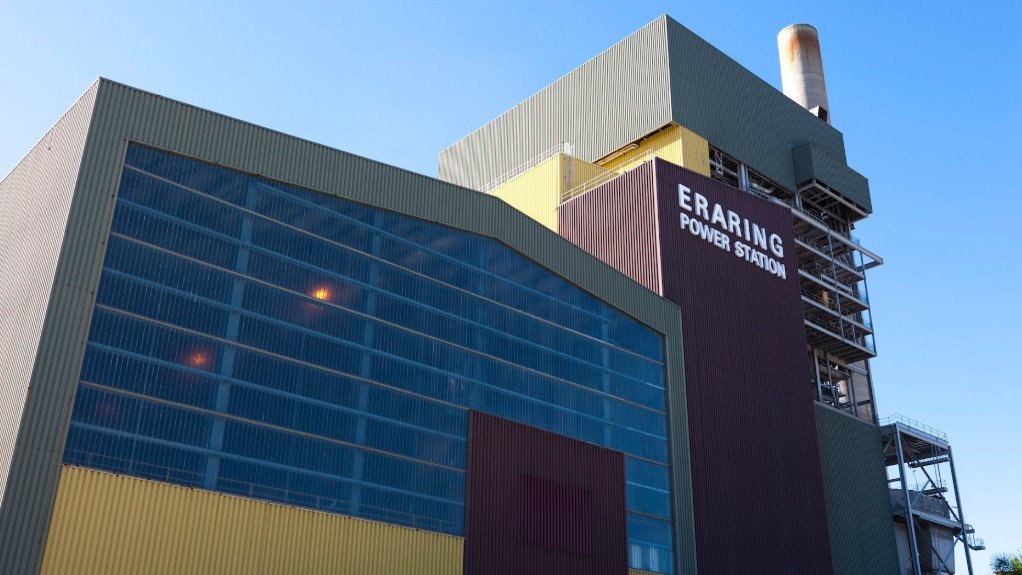The chance of power shortages in Australia’s populous south-east has increased as coal-fired plants are phased out and grid and battery storage projects are delayed.
Reliability risks have risen for Victoria and New South Wales through 2027-28, the Australian Energy Market Operator said Tuesday in an update of its Electricity Statement of Opportunities report. The advancement of generation and storage projects since the long-term outlook was published in August has lowered the risks after that.
“While new generation and storage capacity continues to increase, project development and commissioning delays are impacting reliability,” AEMO CEO Daniel Westerman said in the report. “Reliability risks have the potential to be managed within relevant standards over most of the next 10-year horizon” if new generation and storage projects are added through government programs, he said.
Australia is in the midst of one of the world’s most rapid shifts away from coal — which still generates almost half of its electricity — to a renewables-dominated grid. By the middle of the next decade most of its coal plants should have closed in a transition that has already resulted in periods of extreme supply tightness and the halting of power trading in 2022.
The scheduled closing of Origin Energy’s Eraring plant — the nation’s biggest coal-fired facility — in New South Wales in August 2025 may lead to a generation shortfall, AEMO said. That may increase calls for the state government to extend the life of the plant.
AEMO will tender for interim backup generation in New South Wales and Victoria “to minimize reliability risks should low reserve conditions emerge” during the Southern Hemisphere summer that starts in December, it said.
Edited by: Bloomberg
EMAIL THIS ARTICLE SAVE THIS ARTICLE
To subscribe email subscriptions@creamermedia.co.za or click here
To advertise email advertising@creamermedia.co.za or click here













